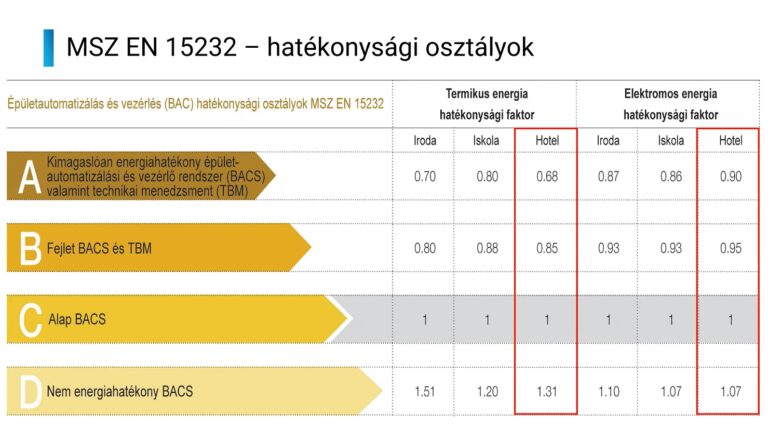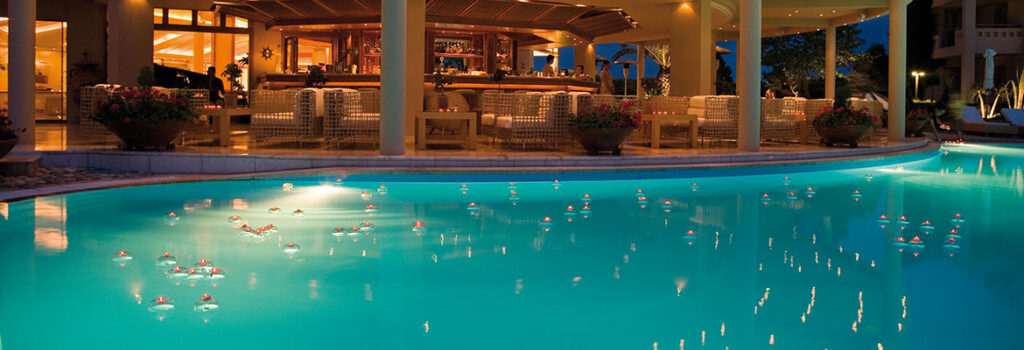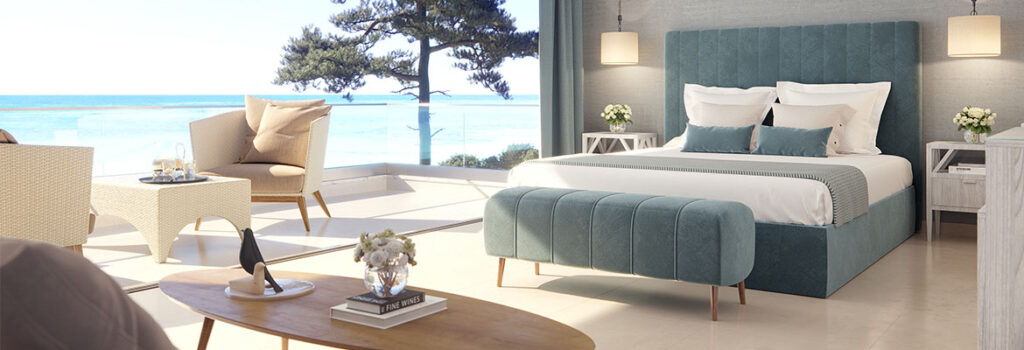Complete building energy solutions from mechanical rooms to room control
For hotels to be energy efficient, it is essential that all areas and functions work in harmony. This is achieved by a well-designed building automation system that ensures the control of all electrical and mechanical equipment in the building. Ideally, the building automation system of a hotel is designed before construction, but in many cases it is only installed afterwards, during renovation.
The energy savings we can achieve, the efficiency of our system, depends largely on careful planning, data analysis and extensive consultation beforehand. Data collection is very important, because if we don't have the data it is difficult to measure the savings. Knowing the data before deployment is important to identify critical points in advance and to increase efficiency later on, so that the operator can see where energy is being wasted.
The advantage of the system is that it works independently in the background, without the need for separate staff. The entire system can be integrated with the PMS, and most of the functions can be accessed via the hotel reception.
To find out more about how we can help your hotel achieve maximum energy efficiency with building automation solutions,
our team will be happy to contact you!
Key hotel features:
Lighting control
Shading control
Cooling/heating
Ventilation
Machine control
Energy management
Data collection
A/V control
Remote access
Energy management
The bigger the hotel, the higher its energy demand, which usually has to be covered by the power demand of the service providers. The task of energy management is to ensure that the available energy is not exceeded, while at the same time making maximum use of it.
The price of energy has increased significantly in recent years. The price of gas alone has increased 6-7 times in the last 2 years. This also means that investments in energy efficiency pay for themselves much faster, with the cost of the investment being recouped within 1-3 years.
The Nearly Zero Energy Hotels (neZEH) European initiative also aims to achieve near-zero energy use from the grid, meaning that the energy used is mostly produced locally, e.g. by solar panels, heat pumps
How much energy can be saved in a hotel?
The EN 15232 standard deals with the energy savings that can be achieved in the consumption of equipment in buildings depending on the level of building automation control. It classifies buildings into 4 categories (A-D) based on the efficiency of thermal energy and electrical energy consumption.
For hotels, the standard actually defines a factor, in the case of C the value of this factor is 1:

This means that if a minimum of building management is installed in the hotel, we have not made the situation worse, but if there is no building automation, the building will be practically worse than it was originally designed to be. The reason for this is that the building's self-consumption was set for normal operation, but did not take into account that the guest may not necessarily care about the operating costs. In winter, for example, the guest may be able to control the room temperature by opening windows. If there is no building automation to control this, the building will actually consume more than originally designed. To make real energy savings, it is essential to have some degree of building automation in the building. The more integrated this is, the more areas it covers, the higher the energy savings it will achieve.
For thermal energy in hotels, energy savings of up to 32% can be achieved, compared to only 10% for electricity. The reason for this difference is that in a hotel, almost 100% of the thermal energy used is used to heat and cool the building. In contrast, electricity is not only used for lighting, but also for equipment where the building management cannot directly save energy (e.g. sound system, printers, computers, kitchen equipment, etc.). Overall, less savings can be achieved with electricity, but if we look at lighting only, the savings are significant.
Significant savings can be made in areas such as:
- Circulation of domestic hot water in cycles, use of tanks as buffers
- Capturing renewable energy by timing the use of different equipment (e.g. laundry, wellness experience elements)
- Presence-based lighting control for public spaces, lifts
- Occupancy-dependent heating and cooling of restaurants and bars
- Ventilation control in conference rooms
- Wellness dehumidification, intermittent operation of experience elements
- Room control using a virtual card holder.


